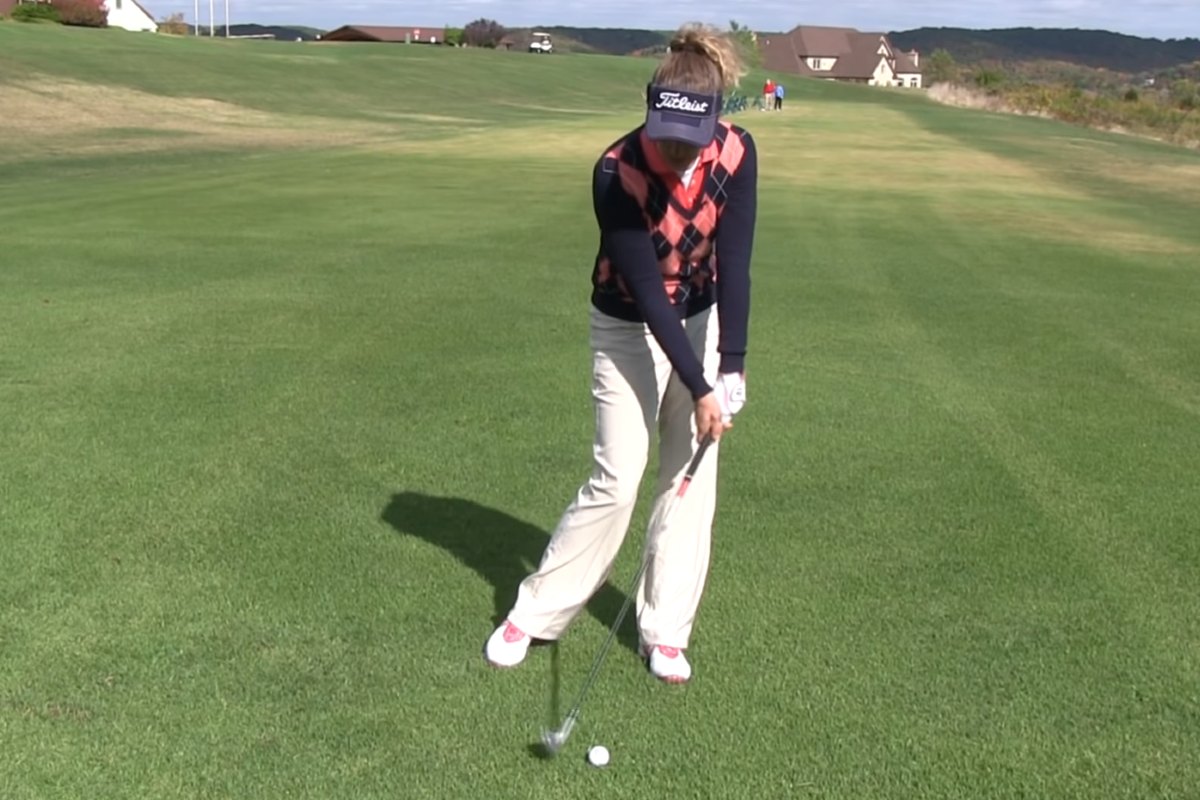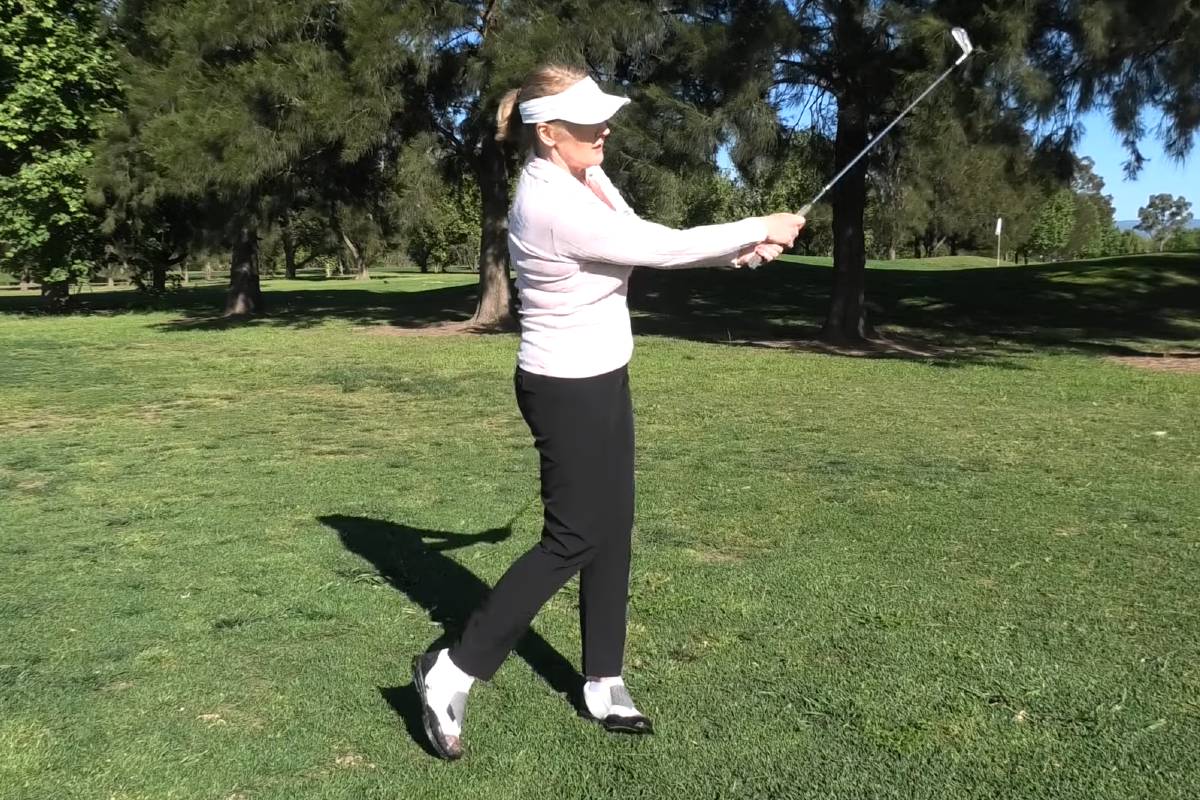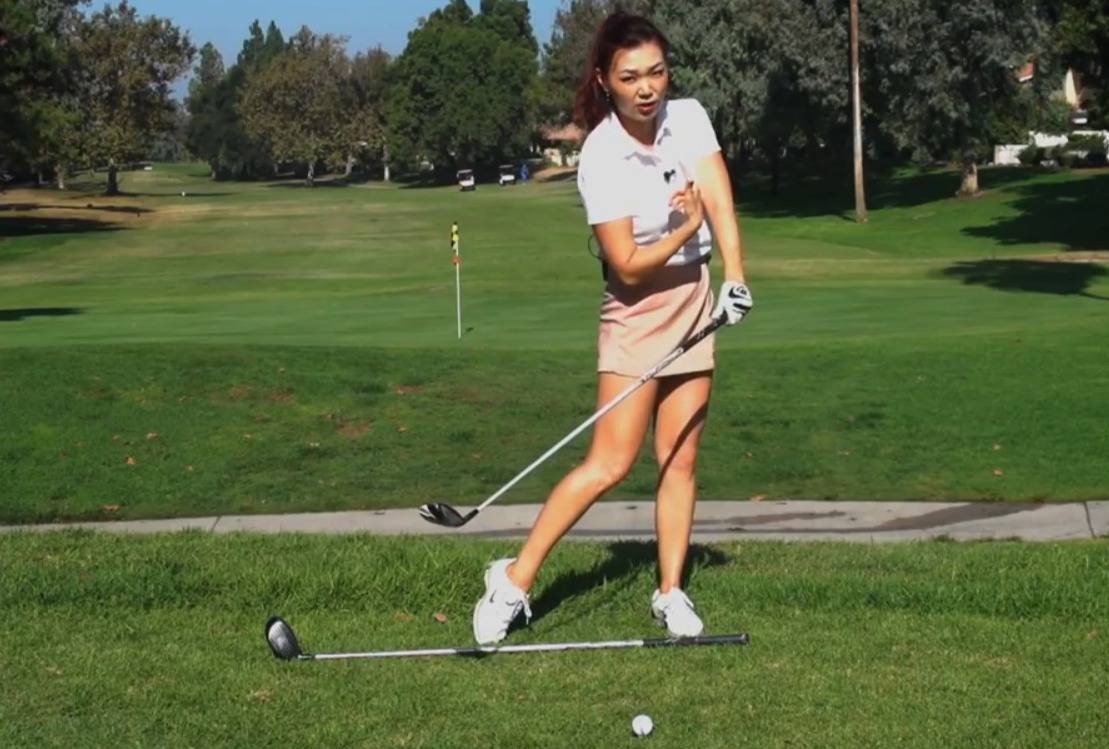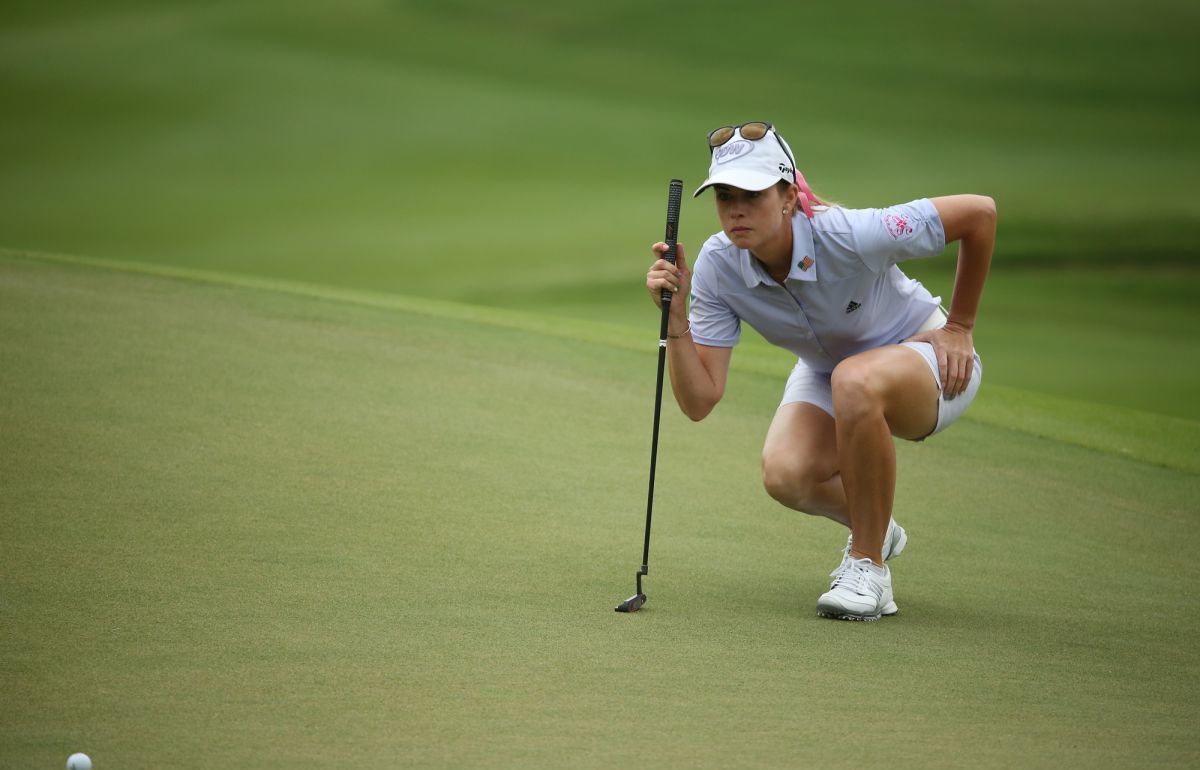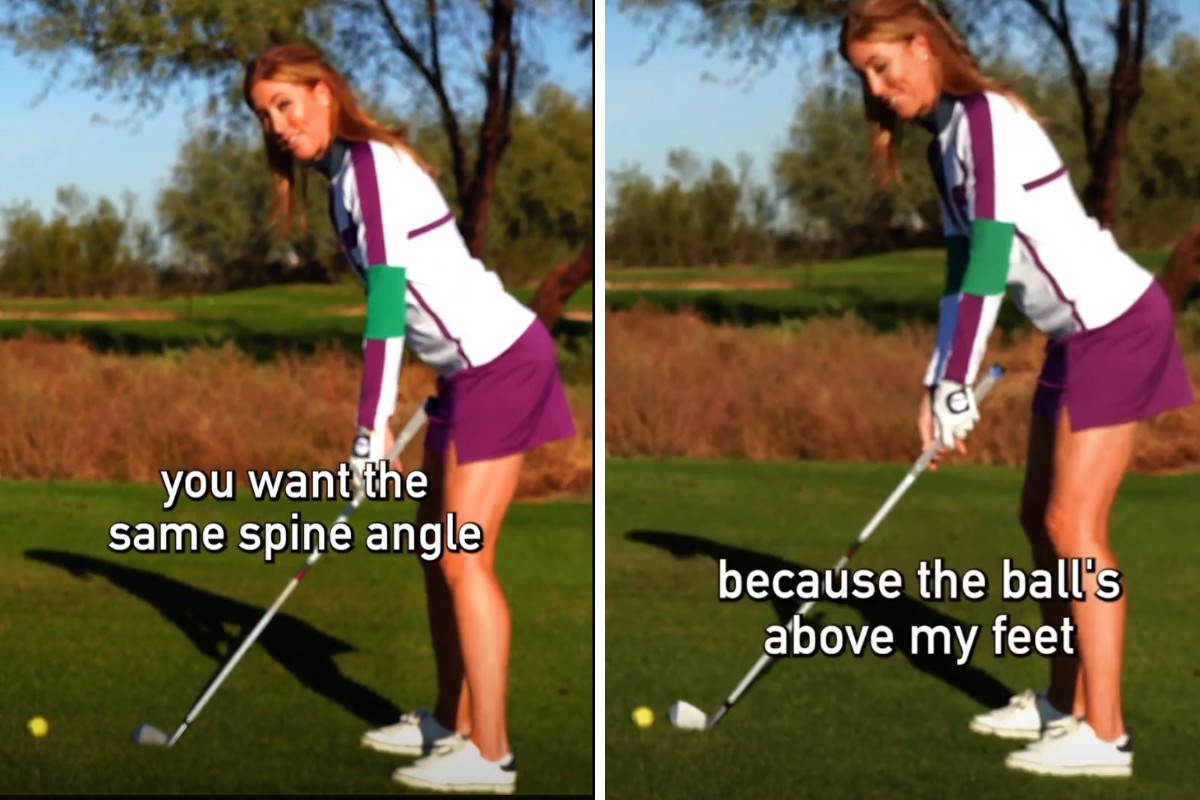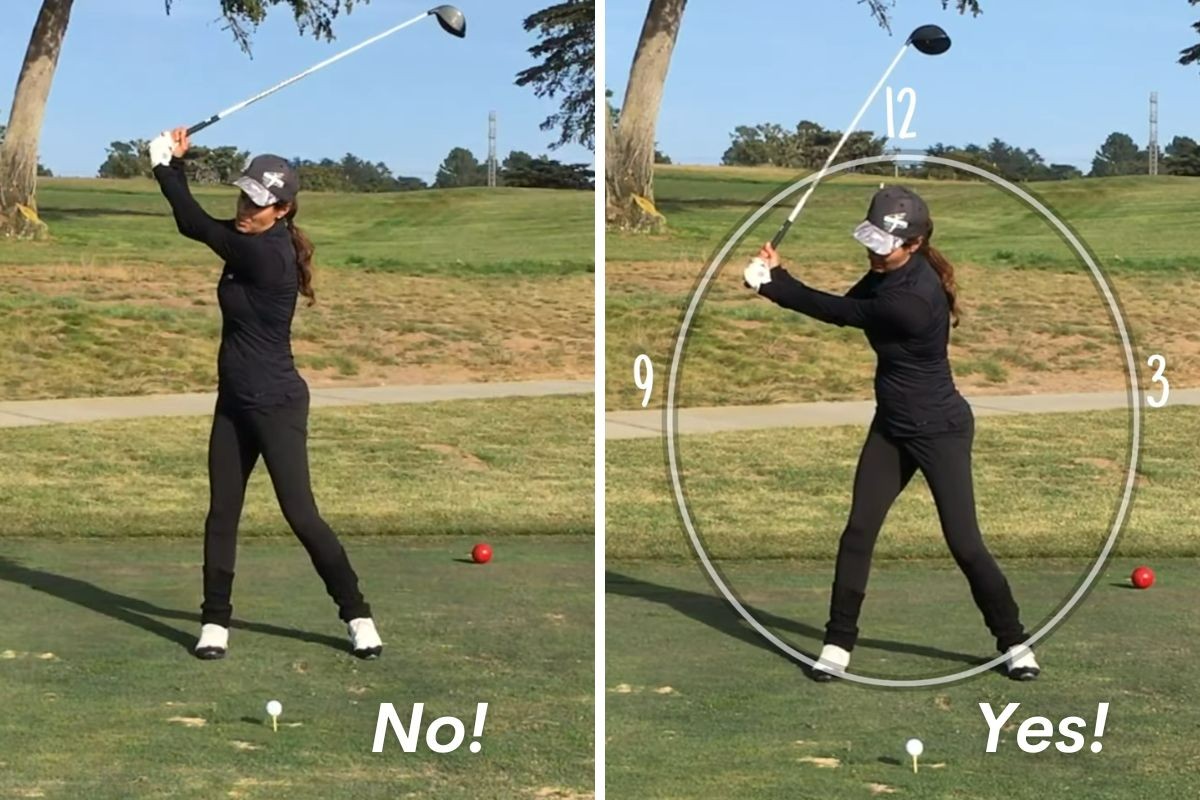What is meant by “swing plane”? I get this question on a daily basis in my teaching. There is plenty of excellent information about this important principle in the golf swing but it can be simplified for basic understanding. If the student relates this understanding to their individuality, they will find “their” swing plane that can lead to an effective, efficient, and repeating golf swing motion.
The ball flight Laws of Speed, Centeredness of Contact, Path, Clubface Position, and Angle of Approach are physical forces that are absolutes in influencing the flight of the golf ball. Based on Physics and irrefutable, the Laws are absolute and assessed at impact.
However, There are no absolutes in the golf swing, only principles. Absolutes are reserved for ball flight and that is why they are called Laws. Principles are fundamental considerations in the swing that have a direct bearing on a player’s application of the Laws. Principles reflect some subjective judgment on the mechanics of the swing and influence the distance or direction of the golf ball flight.
What is the Swing Plane?

Swing plane is the tilt and direction of travel of the inclined plane made by the club shaft and it has a primary influence on the direction of the shot. The swing plane is determined by the angle of the club shaft relative to the ball and ground.
A golf swing is said to be “on plane” when, during the backswing, an extension of the clubhead points to the target line or is parallel to it, and in the forward swing, the butt end of the club would intersect a line drawn through the ball to the target. Plane determines path.
The goal is to return the club on a chosen path where the shaft lie angle is at or close to the club’s lie angle with the shaft tilt in the desired direction. This being said, there are numerous players who have a certain swing plane going back (many times more upright) and an ideal plane for them through the ball, including yours truly. It works and it is OK!
What influences the Swing Plane?
The plane is potentially set the moment the player places the clubhead behind the ball. It is controlled by:
1. The Length of the Club
The length of the club being used. The shorter the club, the more upright the plane; the longer the club, the flatter the plane.
2. The Height of the Golfer
The taller the player, the more upright the plane; the shorter the player, the flatter the plane.
3. The Posture of the Golfer
The straighter the player stands at address, the more upright the plane; the more bend at the hips, the flatter the plane. Function follows form. How the golf club will travel in orbit around the body is based on how it was set at its’ predetermined angle as per manufacturer design, (lie) relative to posture, at address. See my lesson Getting into the Right Balanced Posture for Golf.
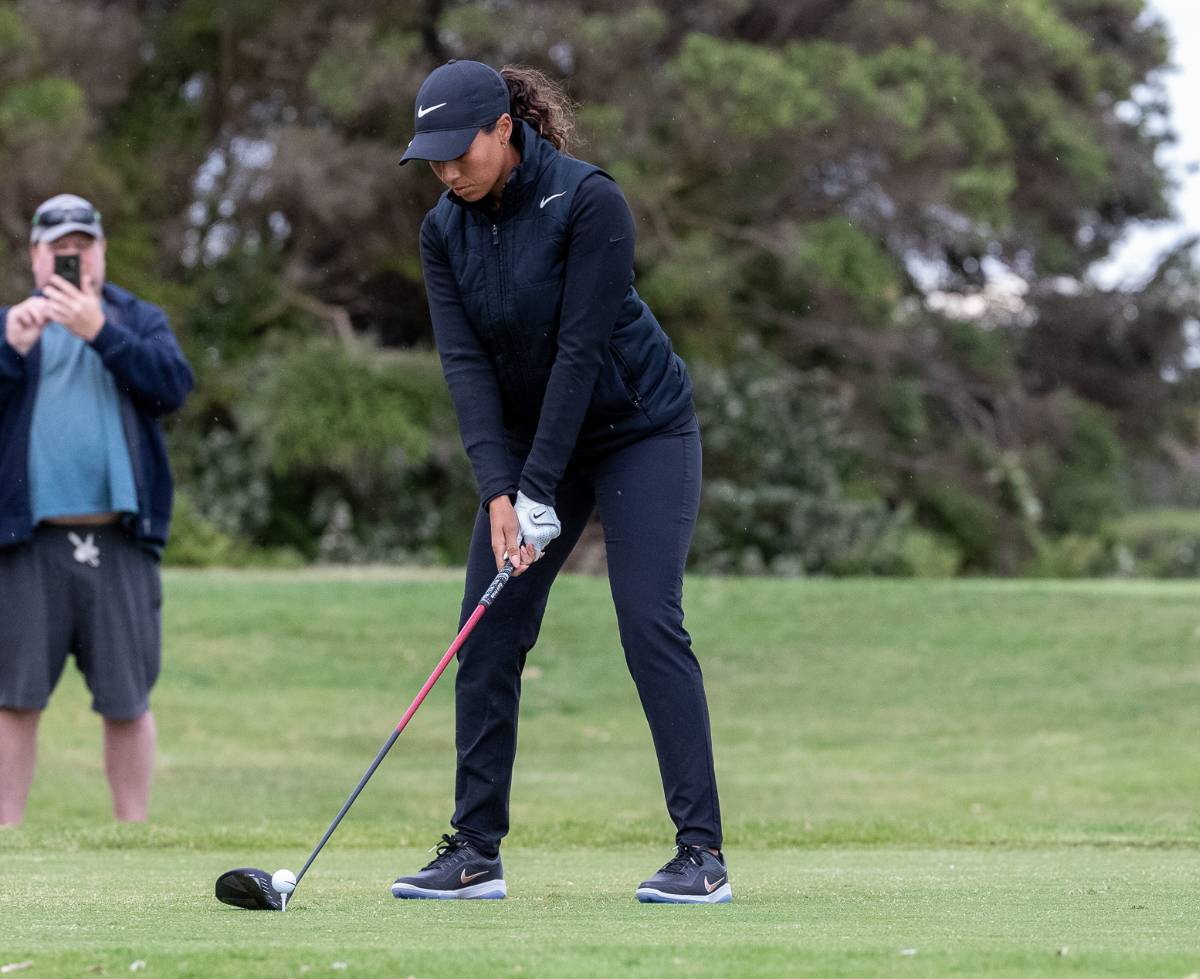
4. The Distance of the Golfer From the Ball at Address
The closer the player is to the ball, the more upright the plane; the farther away from the ball, the flatter the plane. Individual body types influence this very thing.
5. The Position of the Golf Ball
The location of the golf ball. If the ball is below the golfer’s feet, the more upright the plane; if the ball is above the player’s feet, the flatter the plane.
As you can tell, there is room for individuality. This is proven every day with golfers of all ages. Since most of the confusion appears to be about the backswing plane (under, on, over), it makes sense to commit to the set-up that fits you/your body and allow the club to swing back based on this.
Golfers who are playing well have the club on their ideal plane through the ball consistently. If we don’t lift, pull, or otherwise leverage it, the club will swing on its own correct plane, provided we have the correct order of movement/sequencing through the ball. The player does not control the plane consciously.
Swing plane is a principle worth knowing a little about. Simplify it for yourself by imaging a tilted circle versus a Ferris wheel or baseball style swing. There are no lines in a circle! This might help you work more on effective motion and performance instead of working on a “perfect plane” back and through. You don’t have to be perfect to be perfect!
Deb
Feature Photo: Sung Hyun Park at the 2018 KEB Hana Bank Championship | Photo: Ben Harpring



